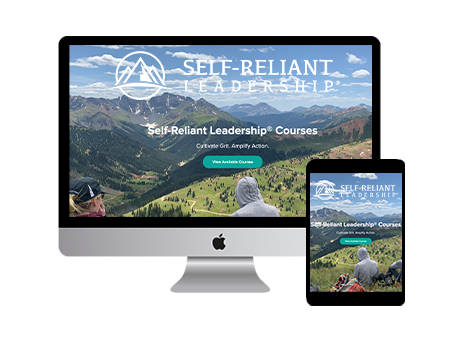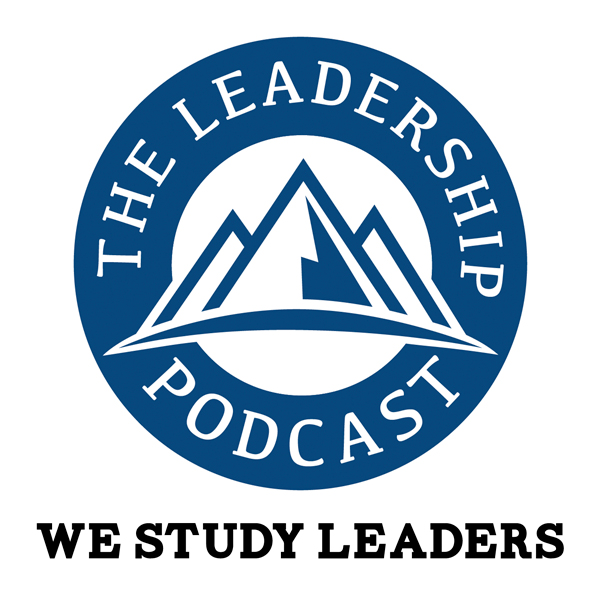Which role is most important on a ship?
The captain who makes decisions? The navigator who establishes the direction? The helmsman who steers the vessel? The engineer who sets the power? The social director who keeps people motivated?
Let’s say the weather changes, and the captain decides to turn the ship quickly, and dock into a small port. What if the ship can’t turn sharply, move quickly, or travel through shallow water? The leader’s intent, passion, and ability to execute really don’t matter if the ship wasn’t designed to be quick and agile.
We have a tendency to over-emphasize what leaders can and should do given the constraints of an organization’s schema. We push leaders to react authentically, situationally, and with the right balance of emotional intelligence. We hire people with great expectations. We fire people when they don’t perform. But are we asking our leaders to captain ships meant for transatlantic travel when we expect jet-ski-like adaptability?
As Jeffrey Pfeffer from Stanford stated in a recent interview, you can’t define effective leadership until you decide what effectiveness is for the organization. And you can’t expect leaders to be effective if you don’t have an organization that was designed to make execution easier for the captain, navigator, helmsman, engineer and social director.
Organizational Development requires the commitment and discipline of a quality movement. First things first, which means the design has to come before “getting the right people in the right seats.” It’s not a “how to” or “can do” issue, but a systems design dilemma. The essence is to create the right environment where most people can do the right thing most of the time – even in the absences of “management” interloping.
In the end, if we don’t consider the design when creating a vessel for human potential, we can’t expect the crew to do extraordinary things when the weather changes.






